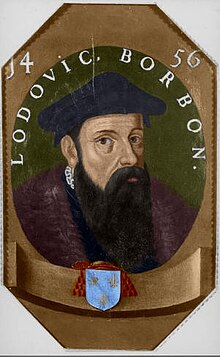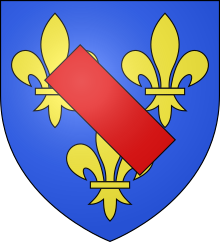The Capetian dynasty, also known as the "House of France", is a dynasty of European origin, and a branch of the Robertians. It is among the largest and oldest royal houses in Europe and the world, and consists of Hugh Capet, the founder of the dynasty, and his male-line descendants, who ruled in France without interruption from 987 to 1792, and again from 1814 to 1848. The senior line ruled in France as the House of Capet from the election of Hugh Capet in 987 until the death of Charles IV in 1328. That line was succeeded by cadet branches, the Houses of Valois and then Bourbon, which ruled without interruption until the French Revolution abolished the monarchy in 1792. The Bourbons were restored in 1814 in the aftermath of Napoleon's defeat, but had to vacate the throne again in 1830 in favor of the last Capetian monarch of France, Louis Philippe I, who belonged to the House of Orléans. Cadet branches of the Capetian House of Bourbon are still reigning over Spain and Luxembourg.

The House of Bourbon is a dynasty that originated in the Kingdom of France and is a branch of the Capetian dynasty, the royal House of France. Bourbon kings first ruled France and Navarre in the 16th century, and by the 18th century, members of the Spanish Bourbon dynasty held thrones in Spain, Naples, Sicily, and Parma. Today Spain and Luxembourg have monarchs of the House of Bourbon. The royal Bourbons originated in 1272, when Robert, the youngest son of King Louis IX of France, married the heiress of the lordship of Bourbon. The house continued for three centuries as a cadet branch, serving as nobles under the direct Capetian and Valois kings.

The Legitimists are royalists who adhere to the rights of dynastic succession to the French crown of the descendants of the eldest branch of the Bourbon dynasty, which was overthrown in the 1830 July Revolution. They reject the claim of the July Monarchy of 1830–1848 which placed Louis Philippe, Duke of Orléans, head of the Orléans cadet branch of the Bourbon dynasty, on the throne until he too was dethroned and driven with his family into exile.

Duke of Bourbon is a title in the peerage of France. It was created in the first half of the 14th century for the eldest son of Robert of France, Count of Clermont, and Beatrice of Burgundy, heiress of the lordship of Bourbon. In 1416, with the death of John of Valois, the Dukes of Bourbon were simultaneously Dukes of Auvergne.
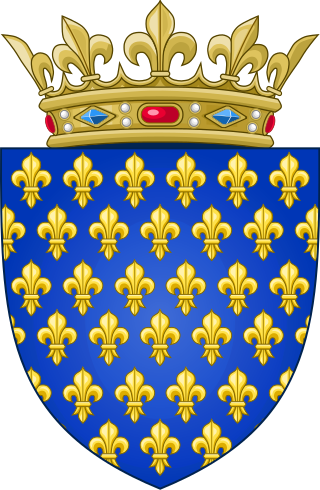
The House of Capet ruled the Kingdom of France from 987 to 1328. It was the most senior line of the Capetian dynasty – itself a derivative dynasty from the Robertians.
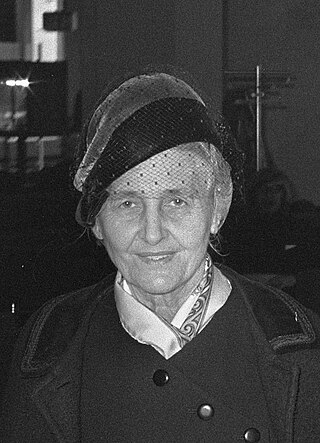
Princess Madeleine, Duchess of Parma and Piacenza was the titular Duchess of Parma and Piacenza and was also Carlist Queen of Spain as the consort of Prince Xavier of Bourbon-Parma, the Carlist pretender to the Spanish throne.

Carlos Hugo, Duke of Parma and Piacenza was the head of the ducal House of Bourbon-Parma from 1977 until his death. Carlos Hugo was Carlist claimant to the throne of Spain and sought to change the political direction of the Carlist movement through the Carlist Party, of which he was the official head during the fatal Montejurra incidents. His marriage to Princess Irene of the Netherlands in 1964 caused a constitutional crisis in the Netherlands.

Prince Sixtus Henry of Bourbon-Parma, known as Enrique V by supporters, is considered Regent of Spain by some Carlists who accord him the titles Duke of Aranjuez, Infante of Spain, and Standard-bearer of Tradition. His heir is Henri, Grand Duke of Luxembourg.
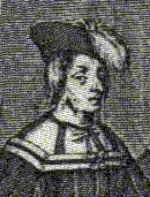
Francis of Bourbon or François de Bourbon,, was the Count of Vendôme and a French prince du sang.

Marie of Luxembourg-Saint-Pol was the ruling Countess Regnant of Soissons and Saint-Pol between 25 October 1482 and 1 April 1547. She was additionally made Countess consort of Vendôme through her marriage to Francis, Count of Vendôme. After the death of her spouse, she became regent of the County of Vendôme as the guardian of her son, Charles de Bourbon.

The House of Bourbon-Maine was a legitimate branch of the House of Bourbon, being thus part of the Capetian dynasty. It was founded in 1672 when Louis-Auguste de Bourbon, duc du Maine was legitimised by his father, King Louis XIV of France.
Bourbon-Vendôme refers to two branches of the House of Bourbon, the first of which became the senior legitimate line of the House of Bourbon in 1527, and succeeded to the throne of France in 1589 with Henry IV. He created the second house by granting the dukedom of Vendôme to one his legitimized sons.

A prince du sang or prince of the blood is a person legitimately descended in male line from a sovereign. The female equivalent is princess of the blood, being applied to the daughter of a prince of the blood. The most prominent examples include members of the French royal line, but the term prince of the blood has been used in other families more generally, for example among the British royal family and when referring to the Shinnōke in Japan.

Louis XIV (1638–1715), the Bourbon monarch of the Kingdom of France, was the son of King Louis XIII of France and Queen Anne.

Louise Borgia was a French noblewoman. She was the daughter of Cesare Borgia, Duke of Valentinois, who died when she was almost seven years old. She was also Dame de Chalus, a title she inherited from her mother Charlotte of Albret. She was a member of the Third Order of Saint Dominic.
Jacques de Bourbon may refer to:

Jean de Bourbon, Count of Soissons and Enghien was a French prince du sang from the House of Bourbon-Vendome, a cadet branch of the House of Bourbon.

Princess Marie-Françoise Antoinette Jeanne Madeleine of Bourbon-Parma, known upon her marriage as Princess Edouard de Lobkowicz is a French humanitarian and philanthropist. A princess of the House of Bourbon-Parma by birth and the House of Lobkowicz by marriage, her wedding in 1960 was the first Bourbon wedding to take place at Notre-Dame de Paris since the wedding of Charles Ferdinand, Duke of Berry to Princess Caroline of Naples and Sicily in 1816 during the Bourbon Restoration.
Prince Marie Edouard-Xavier Ferdinand Auguste Gaspard de Lobkowicz was a French aristocrat, military officer, and murder victim. The eldest son of Prince Edouard de Lobkowicz and Princess Marie Françoise of Bourbon-Parma, he was a member of the Lobkowicz family and a descendent of the House of Bourbon-Parma the House of Bourbon-Busset. Prince Edouard-Xavier was a trained paratrooper who served as a lieutenant in the Reserve of the French Army and was a member of the Sovereign Military Order of Malta.

Princess Marie des Neiges Madeleine Françoise of Bourbon-Parma, Countess of Castillo de la Mota is a French aristocrat, ornithologist, and Carlist activist. She is the youngest daughter of Prince Xavier, Duke of Parma and Madeleine de Bourbon-Busset. A progressive Carlist, she supported the liberal reforms to the party made by her elder brother, Prince Carlos Hugo, Duke of Parma, and rejected the conservative faction of the party created by her younger brother, Prince Sixtus Henry, Duke of Aranjuez. In her youth, she was a prominent socialite in Parisian society. Marie des Neiges has a doctorate in biology and worked as an ornithologist. She is a recipient of the Grand Cross of the Sacred Military Constantinian Order of Saint George and the Grand Cross of the Order of Prohibited Legitimacy.

